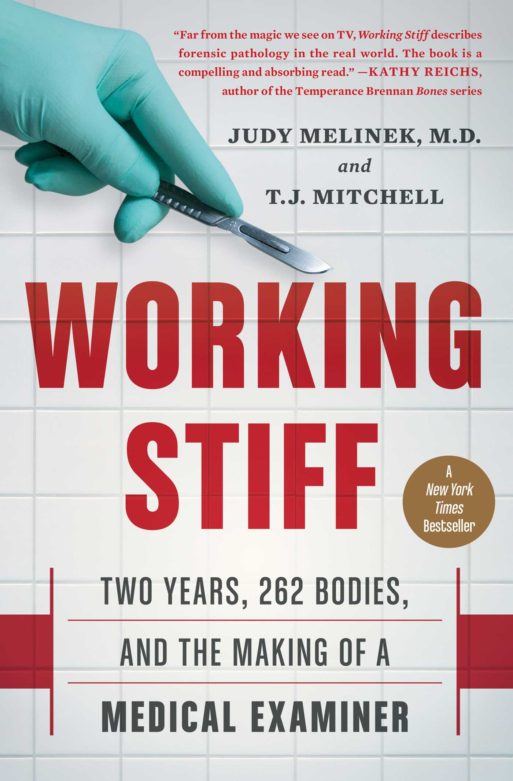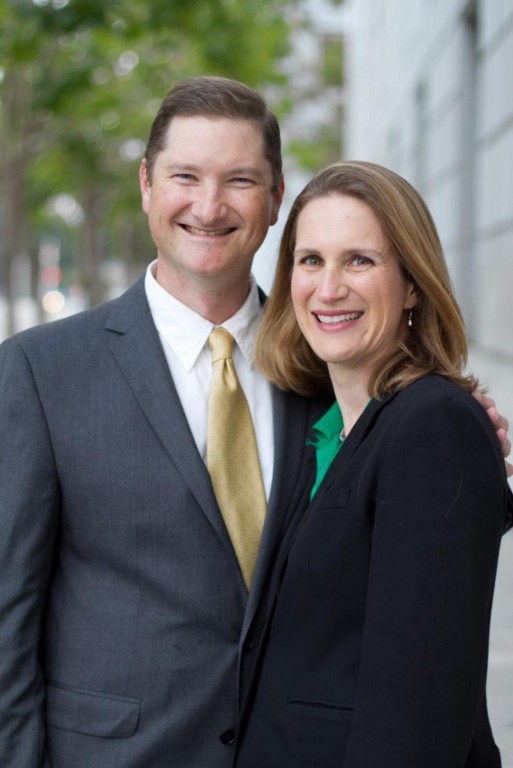 Judy Melinek’s Working Stiff is the kind of memoir that reads like a season of the TV show “CSI”. In her book, she writes how her experience as a forensic pathologist has led her to uncover murder plots, medical accidents and everything in between. But her life, as remarkable as it is, is not a murder mystery. The bodies that she examines were once people with lives and families of their own. Each body has a story. Each story offers us a glimpse into a life. And just as death is an end to life, her own story focuses on the closure that her job brings to loved ones who are looking for answers.
Judy Melinek’s Working Stiff is the kind of memoir that reads like a season of the TV show “CSI”. In her book, she writes how her experience as a forensic pathologist has led her to uncover murder plots, medical accidents and everything in between. But her life, as remarkable as it is, is not a murder mystery. The bodies that she examines were once people with lives and families of their own. Each body has a story. Each story offers us a glimpse into a life. And just as death is an end to life, her own story focuses on the closure that her job brings to loved ones who are looking for answers.
Each body has a story. Each story offers us a glimpse into a life.
Along her journey in the two-year training program to become a forensic pathologist, Melinek recovers the identity of John Does, uses her experience as a mother to uncover and convict a child-abuser and solves the postmortem medical mystery of a botched blood transfusion victim. But however many causes of death she uncovered, perhaps the most revealing discovery is about how Melinek’s career has transformed her grief and understanding of her father’s suicide by hanging in 1983.

Credit: www.pathologyexpert.com
Melinek speaks openly about her father’s death as a statement against suicide. As she speaks of her father’s death and the deaths of the many New York suicides that have ended up on her autopsy table, she stands up against suicide as the symptom of an unsound mind that will not make sense to a healthy person. The thought of grief in not knowing why someone would do this to themselves is even more severe when coupled with the statistic that “only ten to twenty percent” of suicides leave notes. Her father did not leave a note and she was left to read his autopsy report as a means of uncovering the truth. But as is the case for many other families, after reading his postmortem, Melinek instead writes, “Though I understand in the most intimate and clinical way how my father died, I will never understand why.”
Melinek speaks openly about her father’s death as a statement against suicide.
Melinek’s knack for storytelling makes it very easy for readers to become invested in what happens to the people that end up on her table, and what happens to the families that survive them. But the most unifying part of her journey comes towards the end of her training as she describes her participation in the aftermath of the 9/11 attack on the Twin Towers. As she writes of anxiety for colleagues that were trapped in the buildings, anthrax scares and brutally endless shifts built around identifying the victims in the attacks, it’s nearly impossible not to be transported back to 2001 when fear was on high throughout the country. In the end though, it is her training as a forensic pathologist that allows her to make her way through the fear and death in the wake of the attacks. Her line of work is key towards helping us all move through the stages of grief as we learn to understand and accept the passing of loved ones.

 Working Stiff: Two Years, 262 Bodies, and the Making of a Medical Examiner by Judy Melinek, M.D. and T.J. Mitchell
Working Stiff: Two Years, 262 Bodies, and the Making of a Medical Examiner by Judy Melinek, M.D. and T.J. Mitchell


 “Help Me, Helen”
“Help Me, Helen”
 Recovering Cremation Remains After the Los Angeles Fires
Recovering Cremation Remains After the Los Angeles Fires
 “As Tears Go By” by Marianne Faithfull
“As Tears Go By” by Marianne Faithfull














